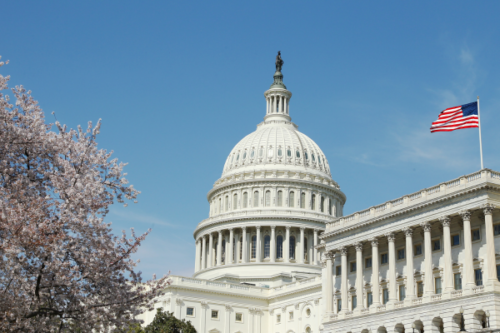At long last the US
Department of Education released its teacher
prep regulations this week, prompting me to check my
calendar. I had to look up the date of my first meeting with Department
officials on the subject. Back then, I’d been willing to bet anyone that the
Department would never finish its regulations – but nearly seven years later,
this is a bet I’ve finally lost.
Were the regs worth the
wait? On balance, yes–not just because they represent a big improvement over
current Title II reporting requirements, but also because they reinforce the
work many of the rest of us are doing on teacher prep.
What is most appealing
about these regulations is more data and more transparency. States will need to
annually survey principals and first-year teachers on the quality of the novice
teachers’ preparation programs. While many programs already engage in this
practice, this requirement essentially requires a common survey, allowing for the first time real comparison among
programs.
There will also be a
slew of data generated about teacher supply, employment, and retention rates,
perhaps putting to an end the current reliance on conjecture and anecdotes to
predict when and where there’s about to be a teacher shortage.
And in what may come as
a surprise to some, I don’t disagree with the decision to omit a requirement
that states examine the test scores of students taught by prep programs’
graduates. While the Department may have
just thrown up its hands at the amount of resistance to test scores, the use of
value-added measures to assess program quality is in fact fraught with
methodological difficulties, especially for smaller prep programs. To get
enough data points to reach a sound judgment of program quality, it’s often
necessary to collect teachers’ performance data for five, or even more, years after
graduation. That hardly seems fair to programs. The fact is that value-added
measures only produce meaningful results for the few programs turning out big
numbers of graduates who go on to teach tested subjects each year, and in some
cases, the programs whose graduates’ performance is a clear outlier.
A great substitute for
test score data could be either candidates’ pass rates on licensure tests,
including the percentage of candidates passing these tests on their first
attempt, as well as surveys of the students in teachers’ first classrooms. Pass
rates on licensing tests might have been something the Department insisted
upon–though it’s been down that road before to no avail both in the 1996 and
2008 HEA reauthorizations.
Importantly, these regs arrive at a singularly
opportune moment–when the winds of change are blowing from every direction,
including from within. It’s certainly not just NCTQ raising the ruckus. The
last five years has elicited unprecedented activity, with no fewer than 44
states passing significant teacher prep regulations. And what may be the
biggest disruptor of all is the 30 percent drop in enrollment in teacher prep
programs–for reasons that are anyone’s guess, but which surely include the
poor reputation of teacher prep. As anyone knows who has managed a budget,
institutions are more likely to consider making changes when confronted with
fiscal pressures.
The only aspect of the
regulations that is absolutely without merit is the Department’s decision to
drop its requirement, present in previous drafts, that programs must raise
their admissions standards. It’s dropped in the final version because
institutions made a lot of noise about the impact that raising standards will
have on diversity. Not only is this common complaint denigrating to African
American and Hispanic students—implying that a teaching career is only
available to them if standards are kept intolerably low—but the consequence of
an open door policy sounds a death knell for programs’ ability to raise the rigor
and quality of instruction. It perpetuates the low status of the education
major on college campuses. The Department defends its decision by stating that
its regulations set a high standard for program exit, but the details seem to
imply that a candidate only need to pass the edTPA or a similar assessment
which, in some states, is reporting about a 98 percent pass rate.
It’s not that the final version of these regulations
doesn’t bear the marks of heavy compromise; but on balance, the federal
regulations are generally sensible and respectful of the parameters of federal
authority – and provide a much-needed opportunity to illuminate how prep
programs’ graduates fare in the classroom.
I can safely say that this is one bet I’m happy to
lose.
More like this

National Council on Teacher Quality opposes the executive order to dismantle the Department of Education

Black History Month: Learning to read is a civil right

As seasons change, one thing remains the same: The persistent lack of diversity in the teacher workforce

